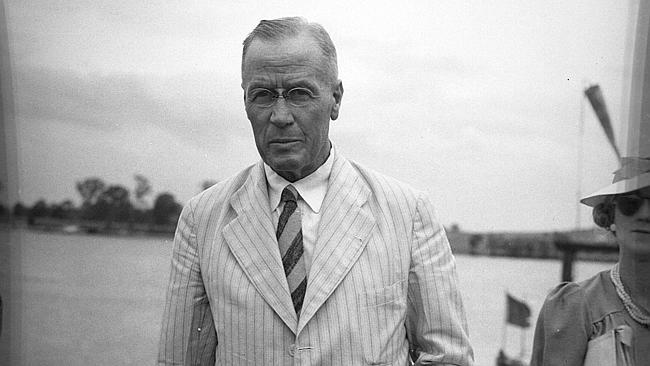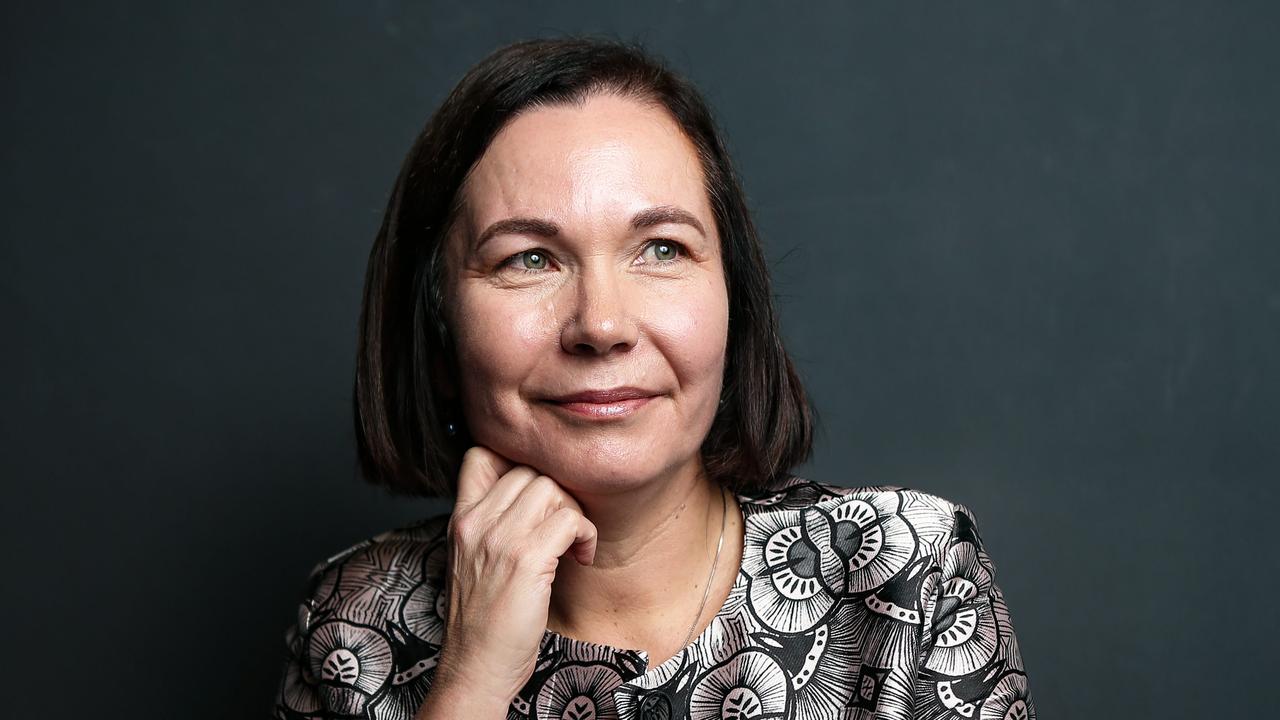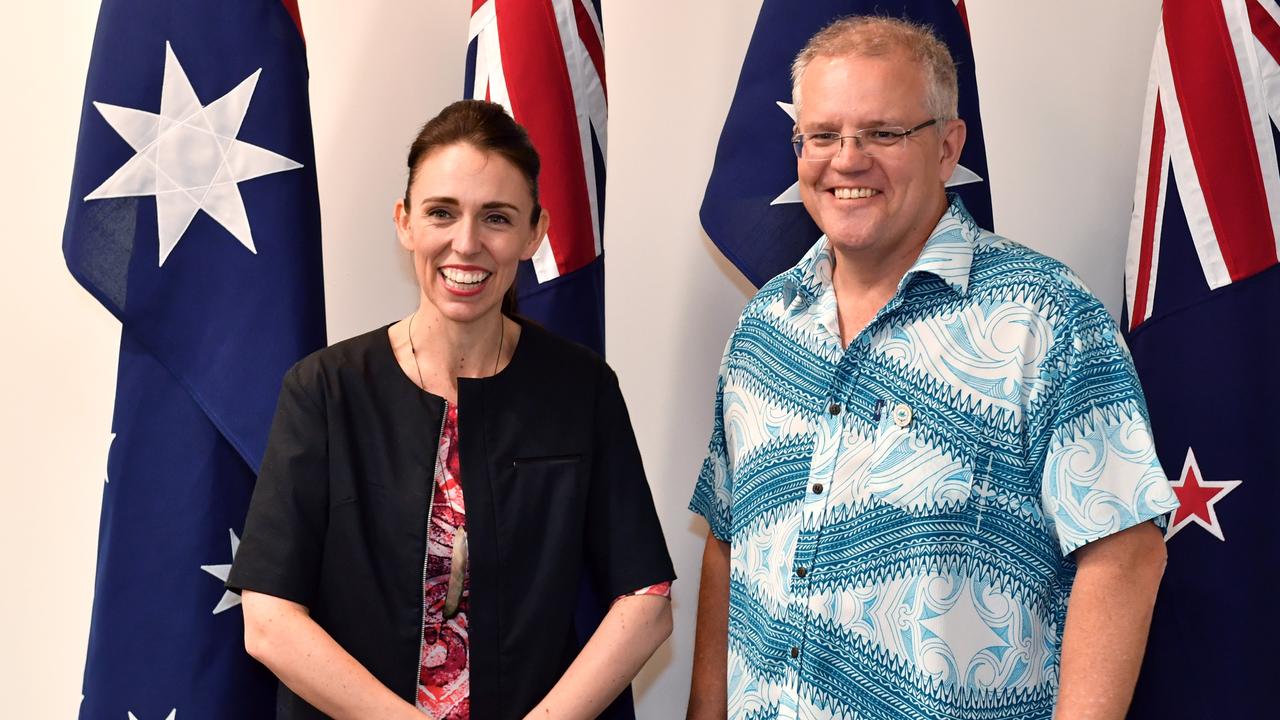On ties with Asia, Labor leaders merely bathe in the afterglow

IT has been a successful week for Australian foreign policy.
Japanese Prime Minister Shinzo Abe’s historic visit and the genuine warm relationship he shares with Tony Abbott augurs well for the future of Australia-Japan relations. This should come as no surprise as the Prime Minister and his Foreign Minister, Julie Bishop, are just the latest in a long line of Liberal leaders who have actively and successfully strengthened Australia’s ties with Asia.
One of the earliest proponents of this strategy was John Latham. Latham rose to be the leader of the opposition, of the then Nationalist Party, and later minister for external affairs. It was in this latter capacity that prime minister Joe Lyons sent him on a wide-ranging tour of Asia in 1934.
Visiting China, Japan, Southeast Asia and Indo-China, Latham was the first Australian external affairs minister to make such a trip. The impact on him was profound.
He said at the time: “It is inevitable that the relations between Australia and the Near East will become closer and more intimate as the years pass. Therefore it is important that we should endeavour to develop and improve our relations with our neighbours whose fortunes are so important to us, not only in economic matters, but also in relation to vital issues of peace and war.”
Latham’s subsequent recommendations that Australia appoint trade commissioners to China, Japan and the Dutch East Indies were duly acted on, providing Australia with its first real and independent representation in the region.
Robert Menzies, who replaced Latham as the member for Kooyong later that year, also would become a powerful advocate for building closer ties to the region.
Menzies combined with his minister for external affairs, Percy Spender, to implement a series of initiatives that created opportunities for Australia in its “near north”.
Of these, the Colombo Plan, which saw thousands of students from Asia come to study in Australia, was the most important. Those students helped to change Australians’ attitudes to Asia and laid the basis for the abolition of the White Australia Policy under prime minister Harold Holt in 1966.
In January 1950, Spender said: “Geographically, Australia is next door to Asia and our destiny as a nation is irrevocably conditioned by what takes place in Asia. It is therefore in Asia and the Pacific that Australia should make its primary effort in the field of foreign relations.”
That statement of intent was bolder than that of any Labor figure at the time and was to set the tone for the next 60-plus years of Australia foreign policy.
Another significant achievement of the Menzies period was the Trade and Commerce Agreement signed with Japan in 1957.
With the horrific memories of World War II still fresh in people’s minds, the agreement was not only a brave move by Menzies and his trade minister, John McEwen, but also one that showed great foresight.
These achievements make a mockery of the Labor Party’s claim to have first established Australia’s significant ties with Asia. The reality is that Gough Whitlam, Bob Hawke and Paul Keating are all johnny-come-latelies to Asia, merely bathing in the afterglow of trailblazers Latham, Menzies and Spender.
Like Menzies’ term as prime minister, John Howard’s nearly 12 years in the Lodge were characterised by an active foreign policy that saw Australia simultaneously strengthen ties with the US and key partners in Asia.
The best illustration of this was a memorable week in October 2003 when US president George W. Bush and Chinese president Hu Jintao separately addressed joint sittings of the federal parliament. The symbolism was significant.
Remarkably, it was during the Howard years that Australia’s two-way trade with China increased nearly sixfold.
This seismic and exponential shift in Australia’s trade focus saw Australia sign in 2002 its largest export contract, a $25 billion gas deal to transport LNG from the North West Shelf to Guangdong Province. Under Howard, Australia’s bilateral relationship with Indonesia also developed significantly.
Overlapping with the terms of five Indonesian presidents — Suharto, BJ Habibie, Abdurrahman Wahid, Megawati Sukarnoputri and Susilo Bambang Yudhoyono — Howard was adept at navigating his way through several challenging issues.
The Asian financial crisis, East Timor’s independence, the Bali bombings and the tsunami in 2004 were all major events that required close co-operation between our two countries and significant Australian initiative.
This extensive co-operation during the Howard years saw the prime minister visit Indonesia 12 times, while Wahid became the first Indonesian president to visit Australia in more than 20 years in 2001.
The Howard government also had an excellent record with other key regional partners like Singapore and Thailand, with whom free trade agreements were signed; India, where John Howard made a groundbreaking visit in 2006, lifting the ban on the sale of uranium to Delhi; and Japan, where the two countries signed a Joint Declaration on Security Co-operation in 2007.
So much for Keating’s desperate and unedifying pre-election prediction in 1996 that Asian leaders would not deal with Howard.
In fact, Asian leaders, like Junichiro Koizumi, Yudhoyono and Jiang Zemin did more than deal with Howard — they became his friends and, by extension, Australia’s too.
Judging by the success of this week’s Abe visit, seeing leaders become close friends is likely to be the experience of Abbott, too.
Josh Frydenberg is parliamentary secretary to the Prime Minister. This is an edited extract from his essay The Liberal Tradition in Australian Foreign Policy from Australian Foreign Policy: Controversies and Debates (OUP, 2014) by Baldino, Carr and Langlois.


